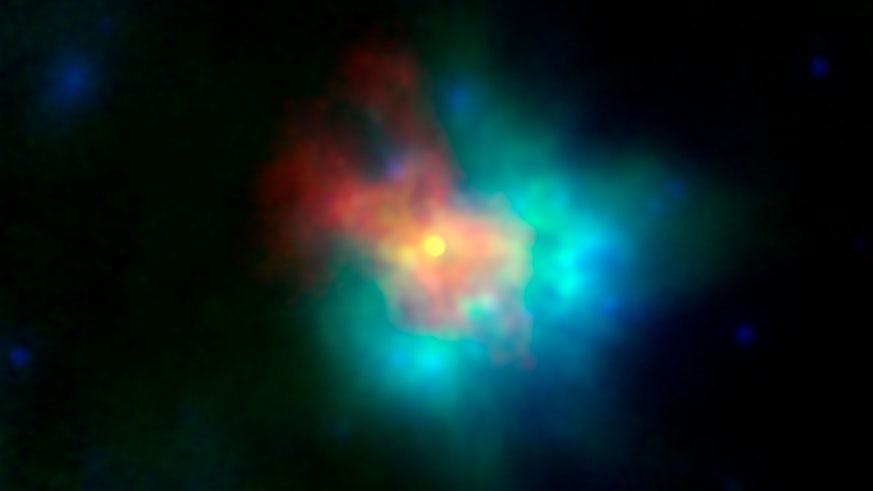Glass made from exploding stars
16 November 2018

The windows in our houses are quite literally allowing us to glimpse into the chaotic past of the Universe as new research has revealed that silica – the main component of glass – was originally formed inside the heart of exploding stars.
In a new study, published in the Monthly Notices of the Royal Astronomical Society, an international team of scientists has detected silica in the remnants of two distant supernova billions of light years away from Earth.
Using NASA’s Spitzer Space Telescope the team was able to detect the unique ‘fingerprint’ of silica in two supernovae, Cassiopeia A and G54.1+0.3, based on the specific wavelength of light that it emitted.
A supernova is a dramatic event that occurs when a massive star eventually runs out of fuel, causing it to collapse on itself and end its life with an intense explosion. It is within these explosions that individual atoms fuse together to form many of the common ‘heavy’ elements, like sulfur and calcium.
Jeonghee Rho, an astronomer at the SETI Institute in California and lead author of the paper, was able to identify grains of silica in the supernovae based on the assumption that they were shaped more like rugby balls rather than the commonly held thought that they are completely spherical.
Data taken from the European Space Agency’s Herschel Space Observatory was able to complement this discovery and provide an estimate of the amount of silica that was produced by each explosion.
A large amount of silica dust has been observed throughout the Universe previously, but up until now scientists have been unable to pinpoint the exact location where it is formed.
In total, silica makes up around 60 per cent of the Earth’s crust. One particular form of silica, quartz, is a major component of sand that is prominent along the US East and West coasts. In addition to glass windows and fibreglass, silica is also used in industry to make concrete.
Co-author of the study Professor Haley Gomez, from Cardiff University’s School of Physics and Astronomy, said: “We’ve shown for the first time that the silica produced by the supernovae was significant enough to contribute to the dust throughout the Universe, including the dust that ultimately came together to form our home planet.
“Every time we gaze through a window, walk down the pavement or set foot on a sandy beach, we are interacting with material made by exploding stars that burned millions of years ago.”




